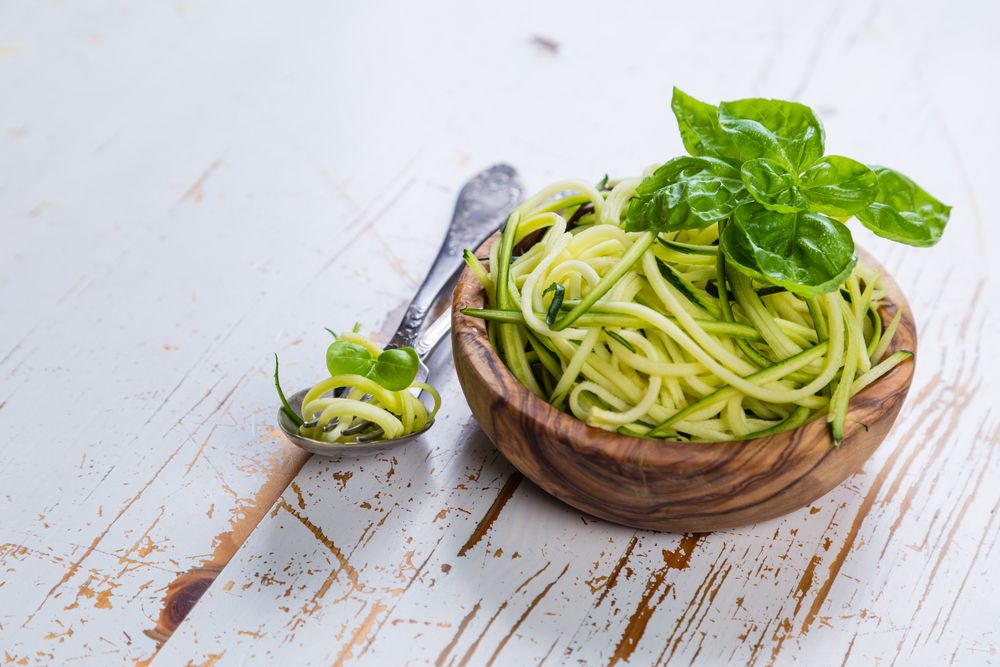Zesty Zucchini? Indulgently Named Veggies More Appealing

Which dish would you rather eat: slow-roasted caramelized zucchini bites, or lighter-choice zucchini?
If the first choice sounds more appealing, you're not alone: A new study finds that people are more likely to choose vegetable dishes with tantalizing names.
The study involved a six-week experiment staged in a Stanford University dining hall. Each weekday, the dining hall served up one of eight vegetable dishes during lunch. The way the vegetables were prepared and displayed didn't change, but the labels used to describe the dishes did. [How to Eat Healthy in 2017]
Each time a dish was served, the researchers randomly selected one of four descriptions for the dish: a basic description, a "healthy restrictive" description, a "healthy positive" one and an indulgent one. For example, for butternut squash, the basic description was simply "butternut squash," the healthy restrictive label was "butternut squash with no added sugar," the healthy positive description said "antioxidant-rich butternut squash" and the indulgent description called the dish "twisted garlic-ginger butternut squash wedges."
Each day during lunch, the researchers secretly recorded how many people selected the veggie dish. In addition, they weighed how much of the dish was left at the end of lunch, compared with how much was prepared before lunch began.
More than 8,000 out of nearly 28,000 diners chose a vegetable dish over the study period, and the "indulgent" dishes reigned supreme: More diners, on average, chose the vegetable when the indulgent description was used, compared with the three other descriptions. And when the healthy restrictive description was used the fewest diners selected the vegetable.
Compared with vegetables using the "healthy restrictive" description, 41 percent more diners chose the same dish when it had the indulgent description, the researchers found. And 35 percent more people chose the dish when it was given the indulgent description than when the same dish was labeled with the "healthy positive" description. The indulgent description was selected by 25 percent more people than the basic description.
Sign up for the Live Science daily newsletter now
Get the world’s most fascinating discoveries delivered straight to your inbox.
In addition, people ate more of the vegetable dishes when the researchers used the indulgent descriptions, the study found. When vegetables were assigned the indulgent description, 23 percent more of the dish was served compared with the basic description. And 33 percent more of the dish was served compared with the healthy restrictive condition.
Simply giving the vegetables a more indulgent description "significantly increased the number of people choosing vegetables and the total mass of vegetables consumed compared with basic or healthy descriptions, despite no changes in vegetable preparation," the researchers, led by Bradley Turnwald, a doctoral candidate in psychology at Stanford University, wrote in the study.
The findings challenge an existing technique that aims to promote healthy eating by touting the healthful properties of certain food (for example, by calling a dish antioxidant-rich butternut squash), the researchers wrote. Rather, the study supports previous research that found using creative labeling, such as superhero characters to promote veggie consumption in kids, is effective.
The researchers noted they were unable to measure how much food the diners actually ate after plating their serving, but added that an earlier study found that people eat, on average, 92 percent of self-served food.
The study was published today (June 12) in the journal JAMA Internal Medicine.
Originally published on Live Science.













